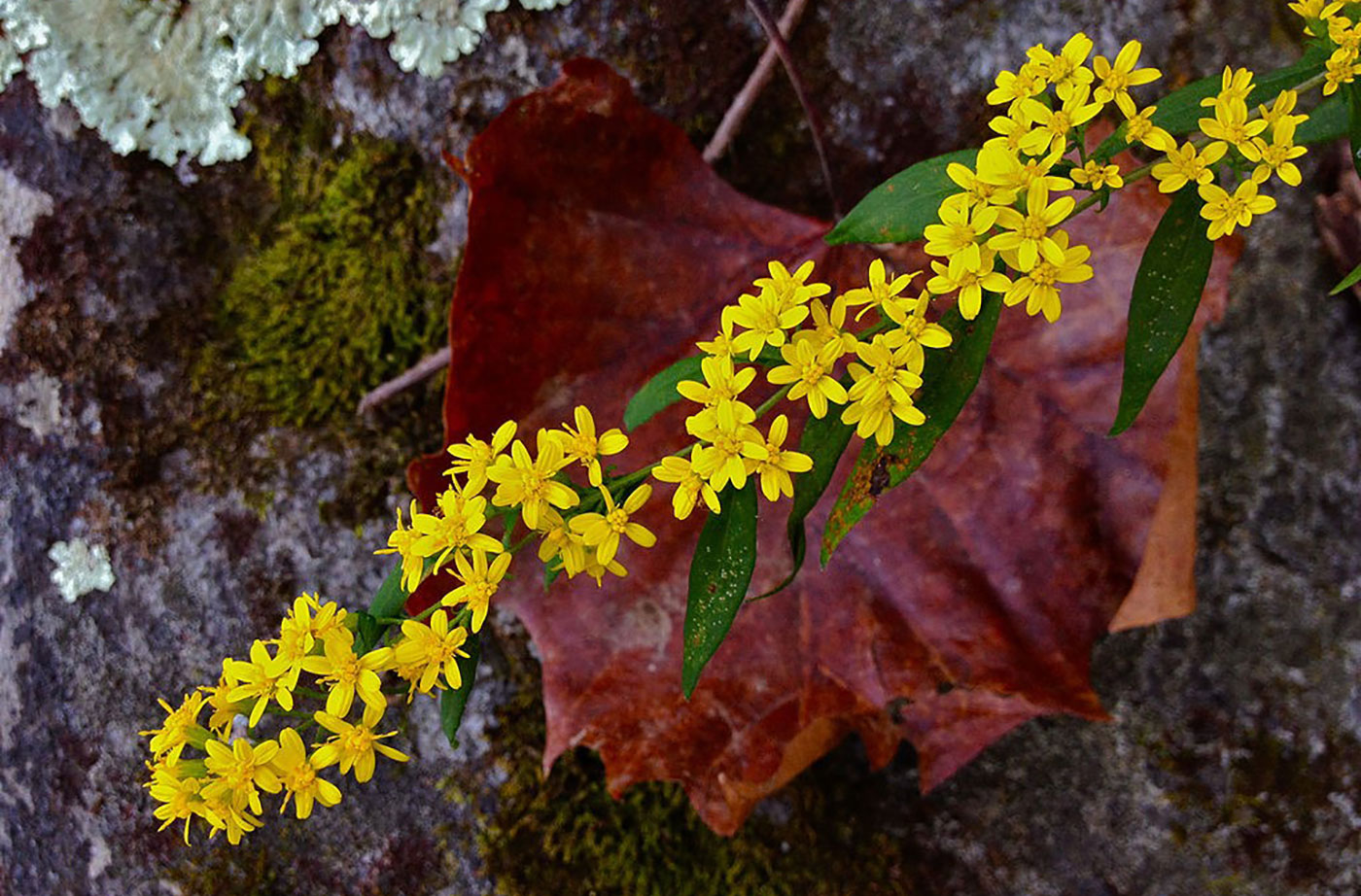
The land is awash with sprays of amber, lemon, and yellow from the wild goldenrods that proliferate in meadows, roadsides, forest edges, and vacant lots this time of year. These misunderstood, underappreciated, and spectacularly diverse plants have been lumped into the common category of “goldenrod” and unfairly blamed for hay fever. The showy colorful blooms with their heavy, sticky pollen are obviously designed to attract insect pollinators, while the real culprit—common ragweed—is wind pollinated and blooms at the same time. A-choo!
Generations of us have long-dismissed goldenrods as “weeds,” but as the late poet Ella Wheeler Wilcox sagely pointed out: “a weed is but an unloved flower.” While it’s true that farmers continue to battle Canada Goldenrod (Solidago canadensis; an aggressive colonizer of agricultural fields), this is only one species out of 25 native goldenrods in New England. From shade to sun, wooded edges to meadows, they each have their own niche on the landscape.
Pay attention. This next fact is an important one.
Goldenrods are the top-ranked herbaceous plants for biodiversity and provide important late-season nectar and pollen for our declining pollinators.
I’d say it’s high time we give these goldenrods some love, wouldn’t you?! I’ll start…
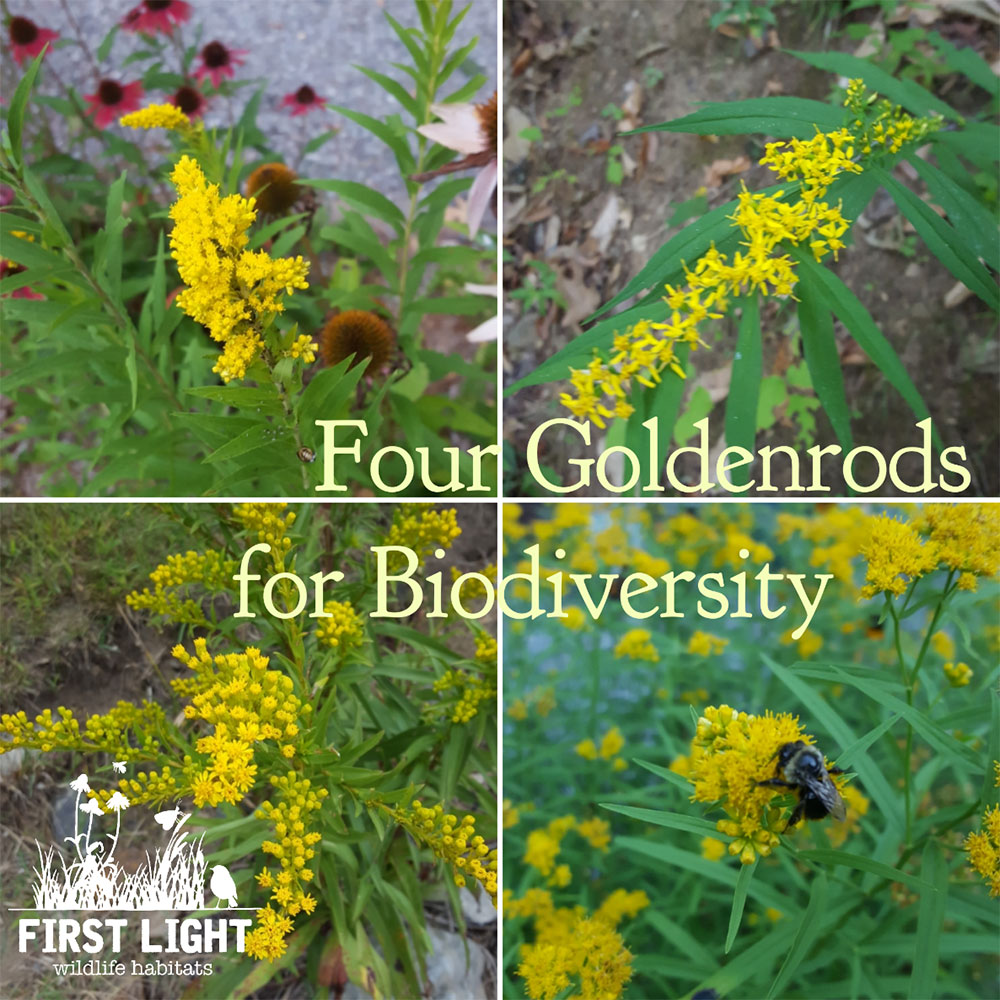
Clockwise from top left: wrinkle-leaved goldenrod (Solidago rugosa; Poland Spring), wreath goldenrod (Solidago caesia; Poland Spring), common grass-leaved-goldenrod (Euthamia graminifolia; Poland Spring), seaside goldenrod (Solidago sempervirens; Biddeford Pool).
In this collage are three species of goldenrod growing wild in my “habitat garden” (i.e., my intentionally wild and naturalistic yard). I just allowed these plants to grow up, show their flowers, and feed the bees, butterflies, and birds. If they grow up in a place I don’t want them, I merely edit them out. This patient, intentional approach delivers huge rewards in the form of free flowers that boost biodiversity and bring life to the landscape!
—Deb Perkins
Sometimes protecting the earth can seem overwhelming. But there are things people can do in their own yard to make the world a better place for native wildlife. On her NRCM blog, Deb Perkins generously shares her 25 years of knowledge and experience with readers of this blog. The tips she provides here are just a small sampling of what she provides to clients interested in creating habitat for birds, bees, butterflies, and other wildlife. Visit her First Light Wildlife Habitats for more information about how Deb can help you enhance your property for the benefit of native wildlife.
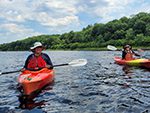
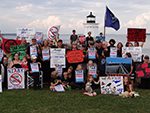
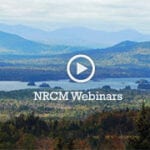
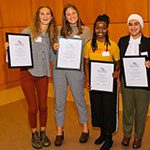
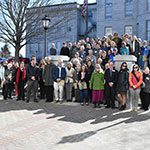
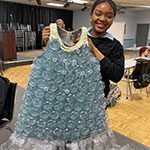

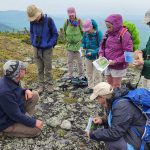
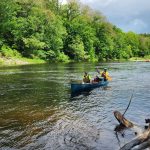
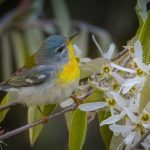
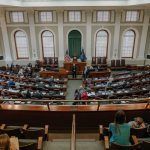
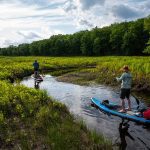

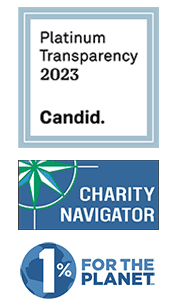
Hi Deb, I am a hobbyist beekeeper in Vermont. Early in the Golden Rod season honeybees don’t seem to care about Golden Rod (although other pollinators still work it). We actually go into a dearth even with Golden Rod blooming all around. Right about now for me they are starting to work Golden Rod. Is there an “Golden Rod identification guide for Dummies” type book that you are aware of? Regardless, I enjoyed your article. Thanks, Jerry
Hi Jerry – thanks for your comment! I’m not aware of a book like this, but I recommend GoBotany as a wonderful on-line field guide. You can even submit a picture of a plant and “ask the botanist” to identify it for you. I love Vermont, and am a Sterling alum. Enjoy the rest of your summer, and happy beekeeping! -Deb
I used to love goldenrod but in the meadows I have created I have seen it take over to the point where I believe I need to recalibrate the area to restore biodiversity. My colleague disputes me on this and says the goldenrod is supporting a plant-insect-wildlife community so leave it in place. Now I am witness to a 2,500 sq ft meadow garden that looked diverse when we inventoried emerging plants in spring, but now looks overrun by solidago canadensis & rugosa. Do I just let the goldenrod take over and walk away? Any advice welcome. thanks